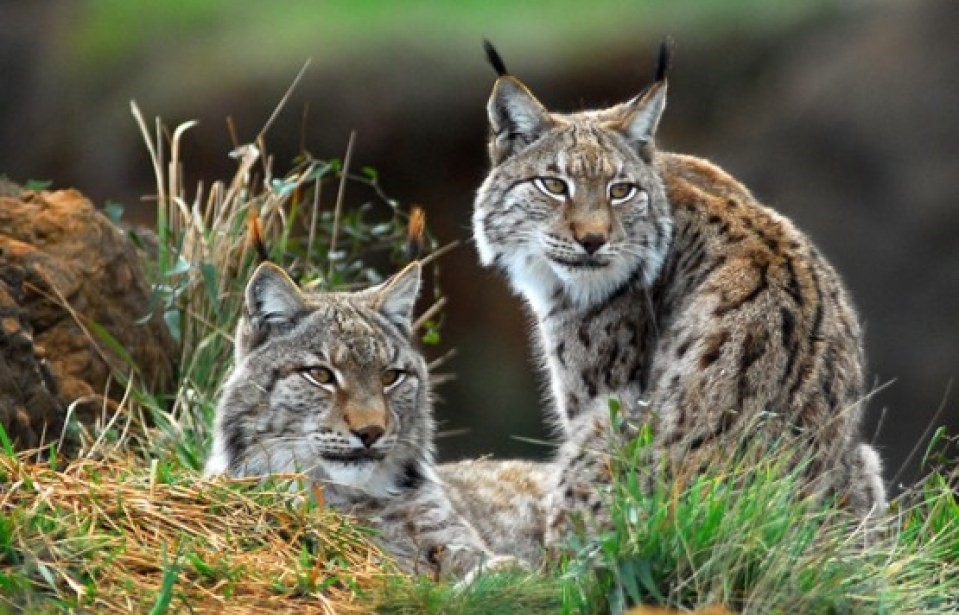Project initiated and carried out by RNP Romsilva - Covasna Forest Directorate in partnership with CovAlpin

The lynx (Felix lynx)

How does the Lynx look like?
The Lynx, species whose scientific name is Lynx, represents a group of four species of medium-sized wild felines. (all are considered to be part of the genus Lynx, but some specialists classify them as part of the genus Felis to which the wildcat and domestic cat belong)
The lynx is similar in size to a dog, between 70 and 150 cm long, with a relatively short tail — 5–25 cm. The tip of the tail in all species is usually black, and at the tips of the ears are tufts of black hair, which distinguishes lynxes from other felines and makes them easy to recognize.
It can reach 50 kg – 58 kg in weight, but normally do not exceed 30 kg in weight. Like all felines, lynxes have sharp & retractable claws that reach a length of 4–6 cm.
Lynxes live about 20 years.
Where does the Lynx live?
The lynx lives and hunts alone, in territories where it does not tolerate any other adult animal, especially of the same sex. Its territory varies depending on food sources and the density of the lynx population in that area. Adult males keep their distance from each other by marking their territory.
A definite carnivore, it hunts at night with the prey ranging from mice to deer. Carpathian lynx live in many areas of Europe and Asia, which resulted in their second name – Eurasian lynx.
Apart from Russia, the largest population of lynxes is found in Romania.


What does the Lynx eat?
The lynx mainly hunts animals such as deer or alpine chamioses, but also smaller prey such as rodents. He is a hunter who relies on ambushes and elements of surprise. The feline moves silently and attacks the prey unexpectedly by leaping several meters. Claws prints are not visible unless they are climbing or sliding.
The tracks they leave suggest great leaps. It also attacks its prey from the jump, which it kills in a typical feline manner, clinging to it and grabbing it by the neck, killing it by asphyxiation or severe bleeding.
Curiosities about the Lynx
- Contrary to popular opinion (also disproved by the Romanian Etymological Dictionary), the name of „Rîs”, from the Romanian language, is not related to the verb to laugh, but is of Slavic origin, (related words are also found in Czech (rys), Polish (ryś) and Russian (rysi) ). The name, „lynx” is a more recent loan from French, of Latin origin and is derived from the scientific name lynx.
- Lynxes can live up to 17 years in the wild and 20 years in captivity. Like the other large carnivores (e.g the bear and the wolf), the lynx is an indicator of a healthy and balanced ecosystem. The survival of the species is endangered by poaching, but especially by the presence and human activities that are increasingly encroaching on its habitat.
- The lynx is a solitary animal, forming its pair only for a short period of time during mating. It is a territorial animal, very discreet, largely nocturnal and can be seen quite rarely. The most intense activity is carried out in the early morning and late evening,rarely being observed during the day at high noon.
- Sometimes the lynx also eats domesticated animals such as chickens, ducks, geese, turkeys, sheep, even attacking dogs when it feels threatened. It is a scavenger when necessary, although it usually buries the prey it has not been able to eat.
